Historical figures who had famous rivalries
Throughout history, rivalries have sparked innovation, conflict, and change, leaving indelible marks on the world. These legendary duels, whether in politics, science, or the arts, have shaped the course of events in ways we might never have imagined.
As we delve into these fascinating stories, we’ll uncover the drama and intrigue that accompanied these historical showdowns.
Thomas Edison vs. Nikola Tesla: The War of the Currents
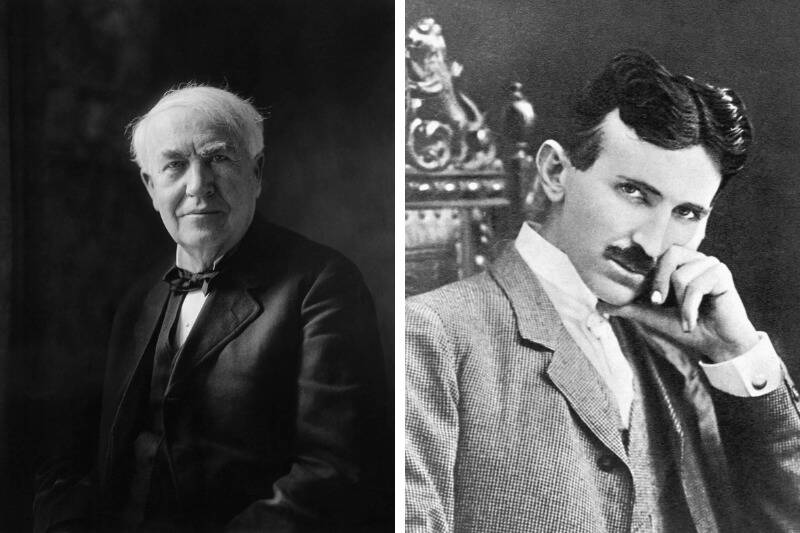
The rivalry between Thomas Edison and Nikola Tesla defined the electric age. Edison championed direct current (DC), while Tesla promoted alternating current (AC).
This “War of the Currents” culminated in the widespread adoption of AC, which powers our homes today. Despite their differences, both inventors contributed immensely to technological progress, sparking debates that continue to electrify discussions to this day.
Alexander Hamilton vs. Aaron Burr: A Fatal Political Clash
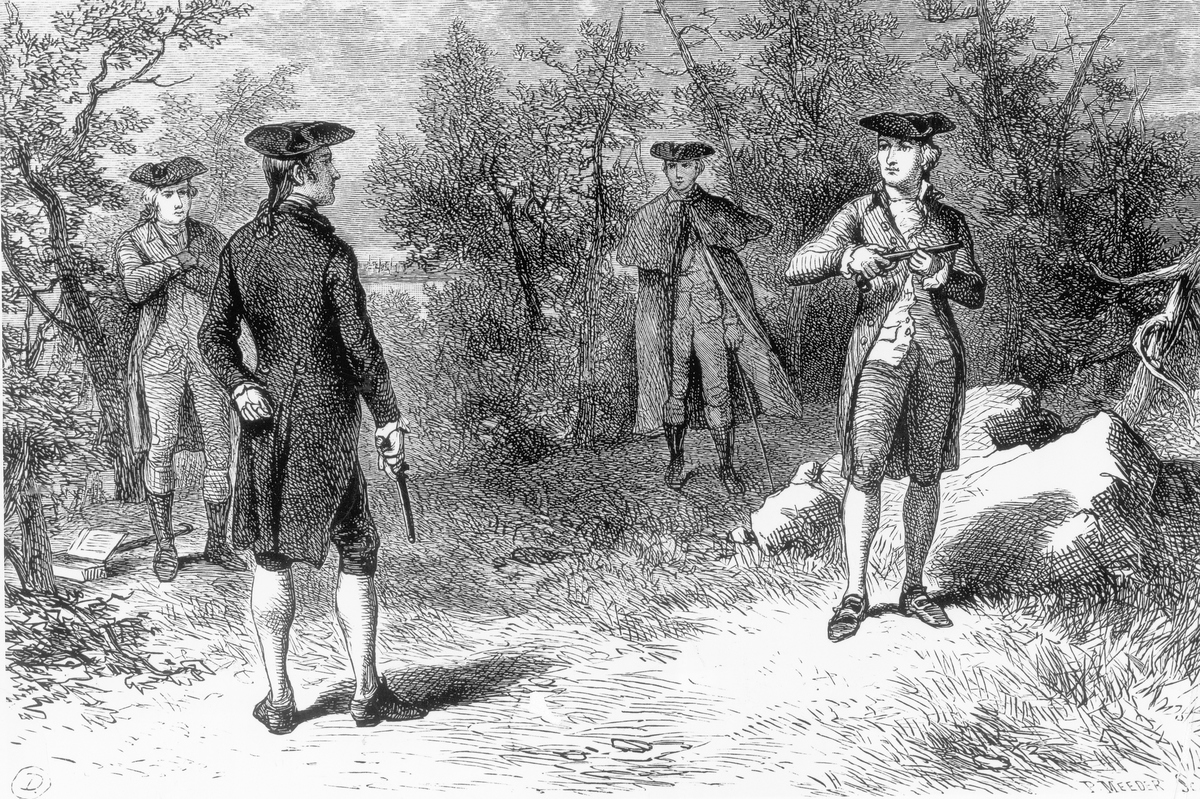
Political tensions between Alexander Hamilton and Aaron Burr reached their peak in 1804, resulting in a duel that left Hamilton mortally wounded. As Hamilton was a Founding Father and former Secretary of the Treasury, his death shocked the nation.
Burr, then Vice President, found his political career in tatters. Their conflict highlighted the intense partisanship of early American politics, a theme that resonates even now.
Queen Elizabeth I vs. Mary, Queen of Scots: A Royal Rivalry
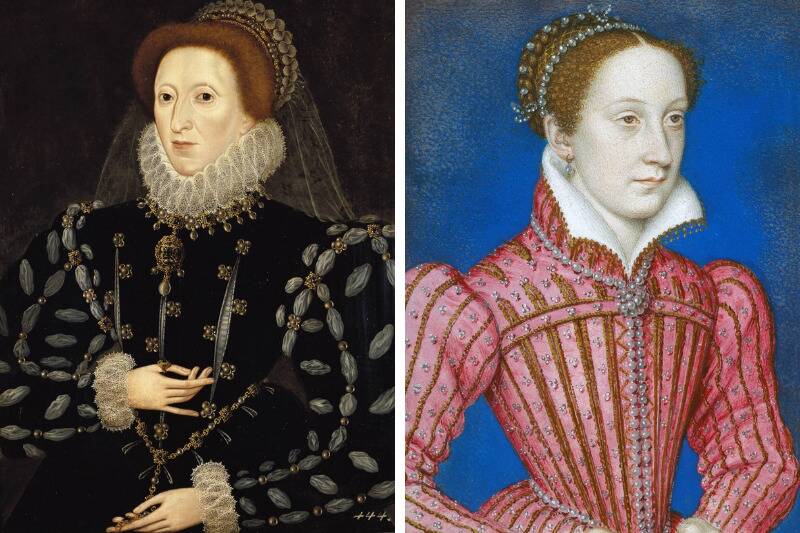
Queen Elizabeth I and Mary, Queen of Scots, were cousins and rival queens whose relationship was marred by political intrigue. Elizabeth, ruling Protestant England, perceived Mary as a Catholic threat to her throne.
Mary’s subsequent imprisonment and execution in 1587 ended their dramatic saga, leaving Elizabeth as the unchallenged monarch. This royal rivalry encapsulated the religious and political upheavals of the era.
Winston Churchill vs. Charles de Gaulle: Allies at Odds
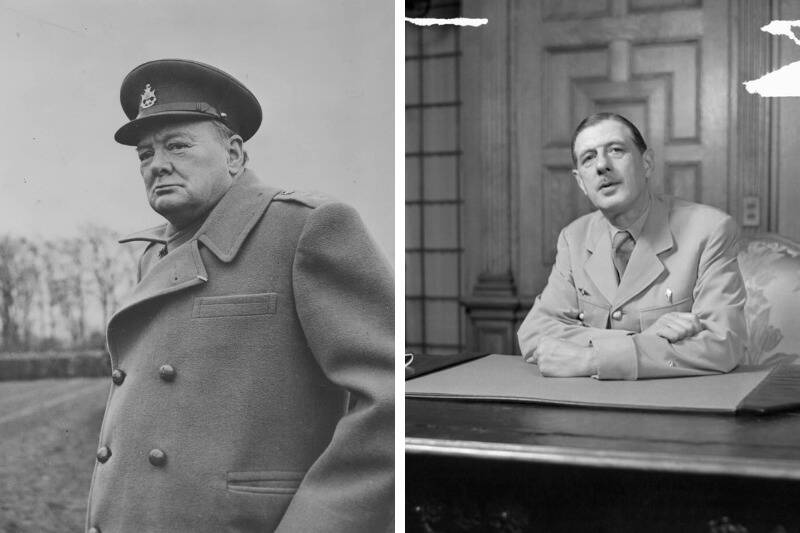
During World War II, Winston Churchill and Charles de Gaulle were key figures in the fight against Nazi Germany. However, their relationship was fraught with tension.
Churchill, Prime Minister of the UK, often clashed with de Gaulle, leader of Free France, over strategic decisions and post-war plans. Despite their disagreements, their alliance was crucial in the eventual Allied victory, illustrating the complexities of wartime diplomacy.
Frida Kahlo vs. Diego Rivera: Love and Artistic Tension
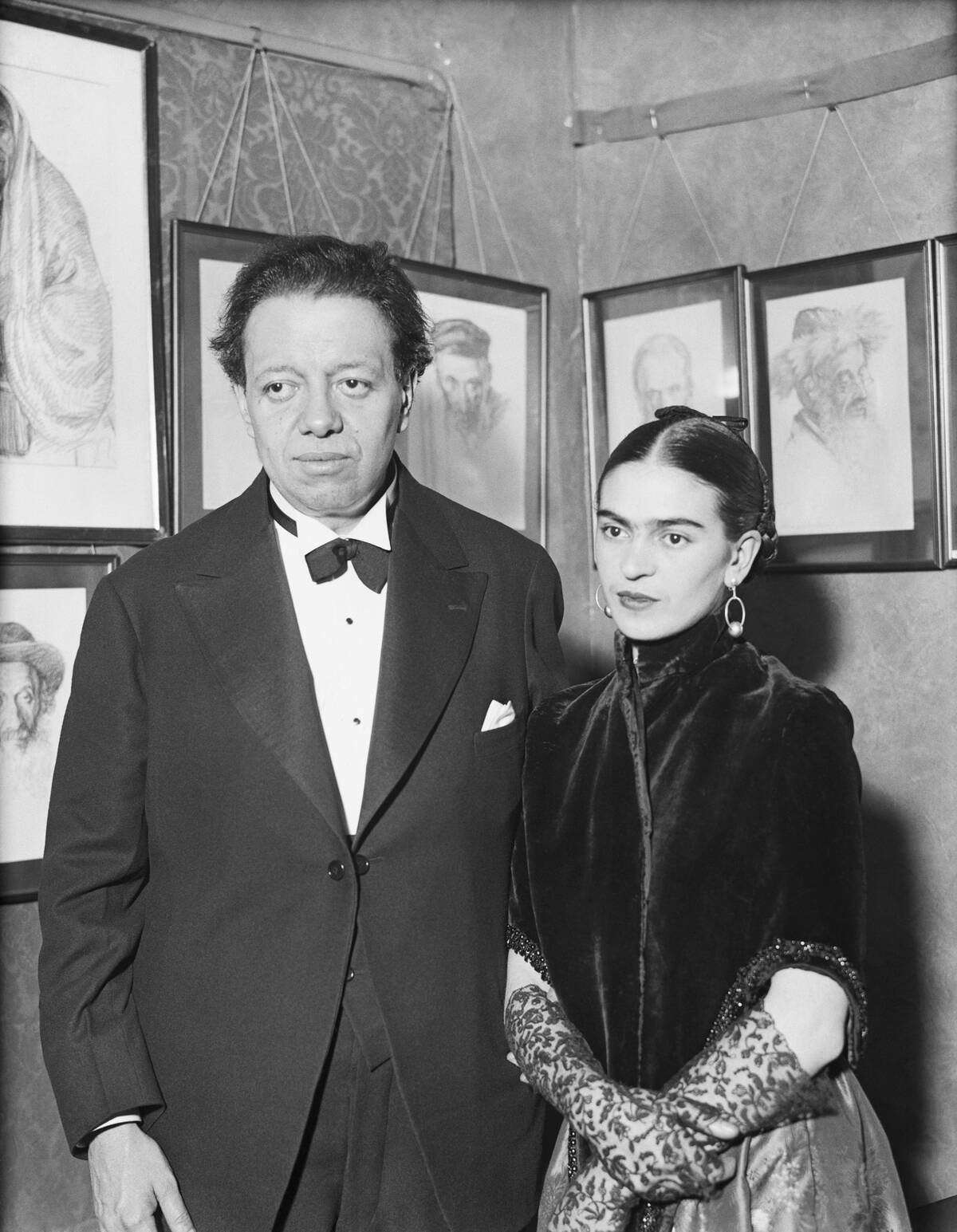
Frida Kahlo and Diego Rivera were iconic Mexican artists whose tumultuous relationship was as passionate as their art. Their marriage was marked by infidelity and mutual admiration, inspiring some of their greatest works.
While Rivera’s murals depicted social and political themes, Kahlo’s paintings delved into personal and emotional landscapes. Together, their artistic tension and collaboration left a lasting impact on modern art.
Julius Caesar vs. Pompey the Great: Friends Turned Foes
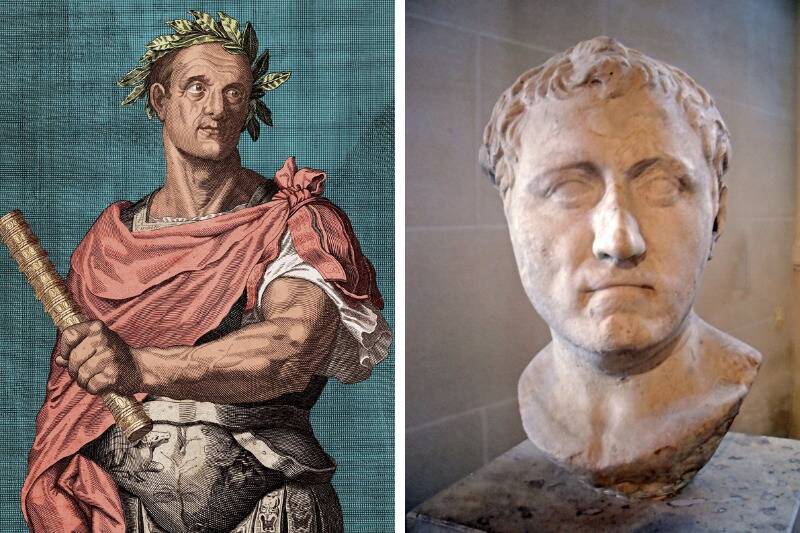
Julius Caesar and Pompey the Great began as allies in the Roman political scene, but power struggles turned them into bitter enemies. Their rivalry culminated in a civil war, with Caesar’s victory at the Battle of Pharsalus in 48 BC leading to Pompey’s downfall.
This conflict not only reshaped Roman politics but also set the stage for the rise of the Roman Empire under Caesar’s rule.
Coco Chanel vs. Elsa Schiaparelli: Fashion’s Fiercest Competition
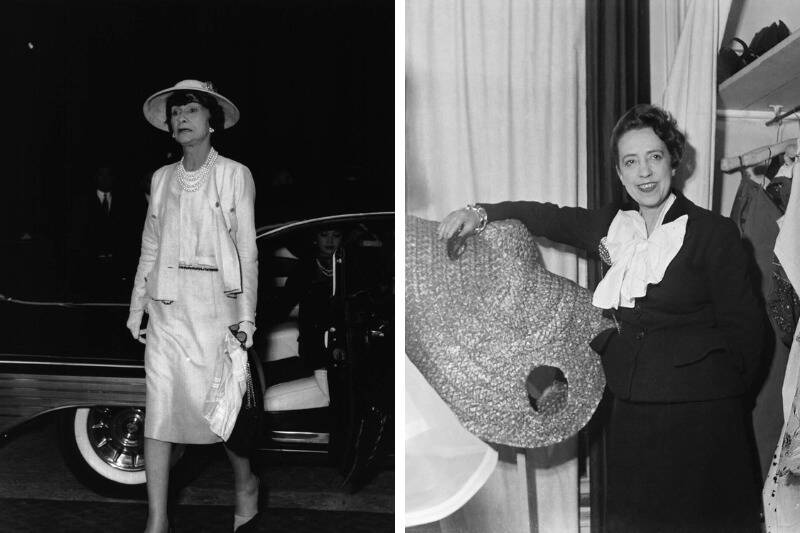
In the realm of fashion, Coco Chanel and Elsa Schiaparelli were titans whose rivalry defined an era. Chanel, known for her elegant simplicity, and Schiaparelli, famous for her avant-garde designs, competed for dominance in Parisian couture.
Their creative differences fueled innovation, pushing the boundaries of fashion and leaving a legacy that continues to influence designers worldwide.
John Adams vs. Thomas Jefferson: Founding Fathers Face-Off
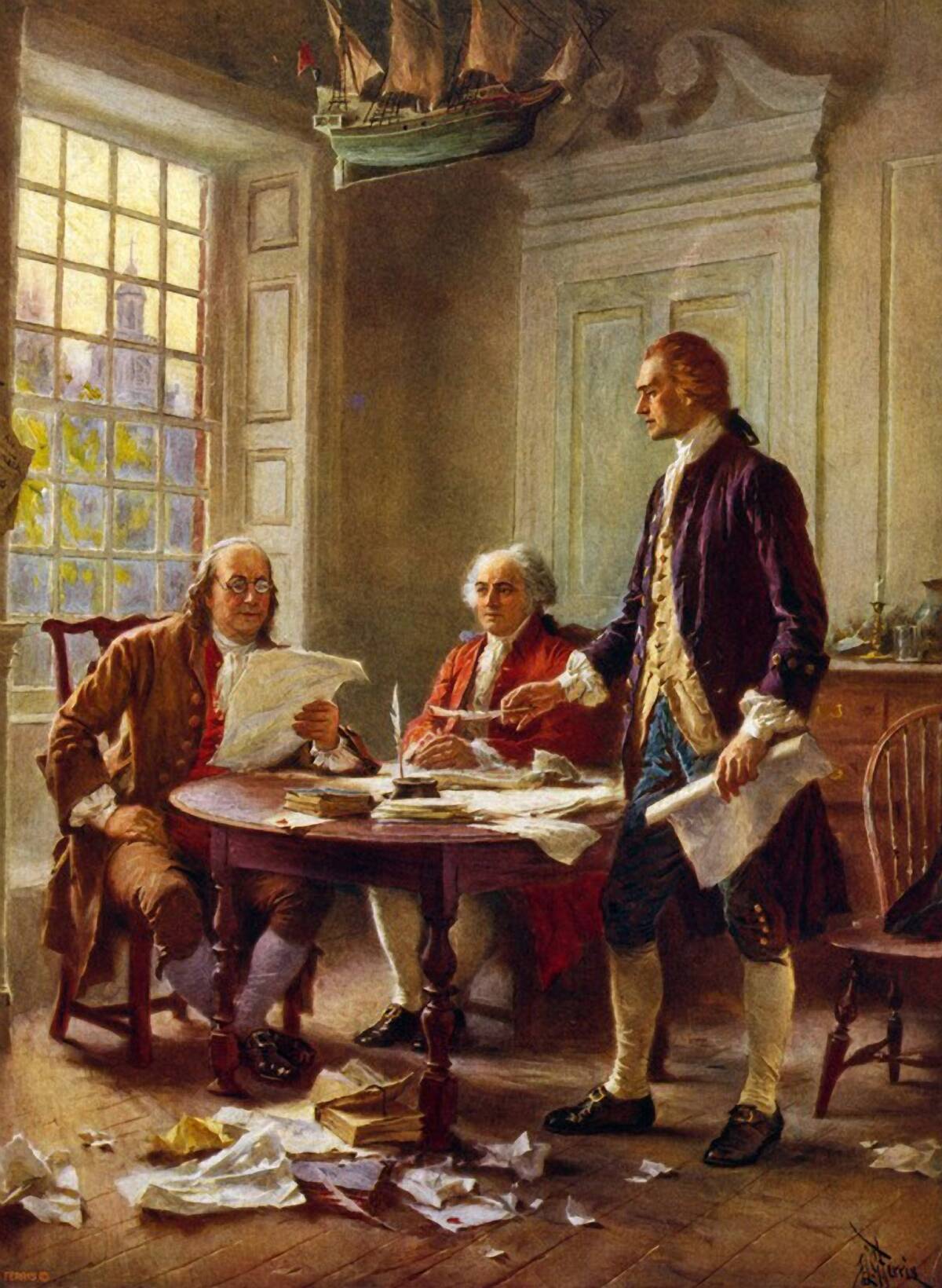
John Adams and Thomas Jefferson, both Founding Fathers and former Presidents, had a complex relationship marked by political rivalry. Adams, a Federalist, and Jefferson, a Democratic-Republican, clashed over the direction of the young nation.
Their differing visions for America strained their friendship, but they eventually reconciled, famously dying on the same day, July 4, 1826, underscoring their indelible contributions to American history.
Pablo Picasso vs. Henri Matisse: Masters of Modern Art at Loggerheads
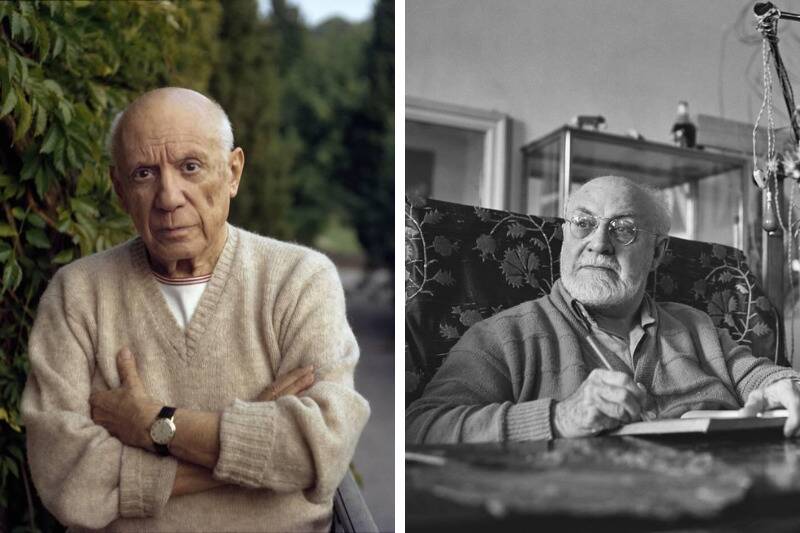
Pablo Picasso and Henri Matisse were giants of modern art whose rivalry spurred artistic innovation. While Matisse was known for his use of color and form, Picasso’s explorations in Cubism revolutionized the art world.
Their mutual respect and competitive spirit drove them to push their creative boundaries, resulting in masterpieces that continue to captivate audiences globally.
Al Capone vs. Bugs Moran: The Battle for Chicago
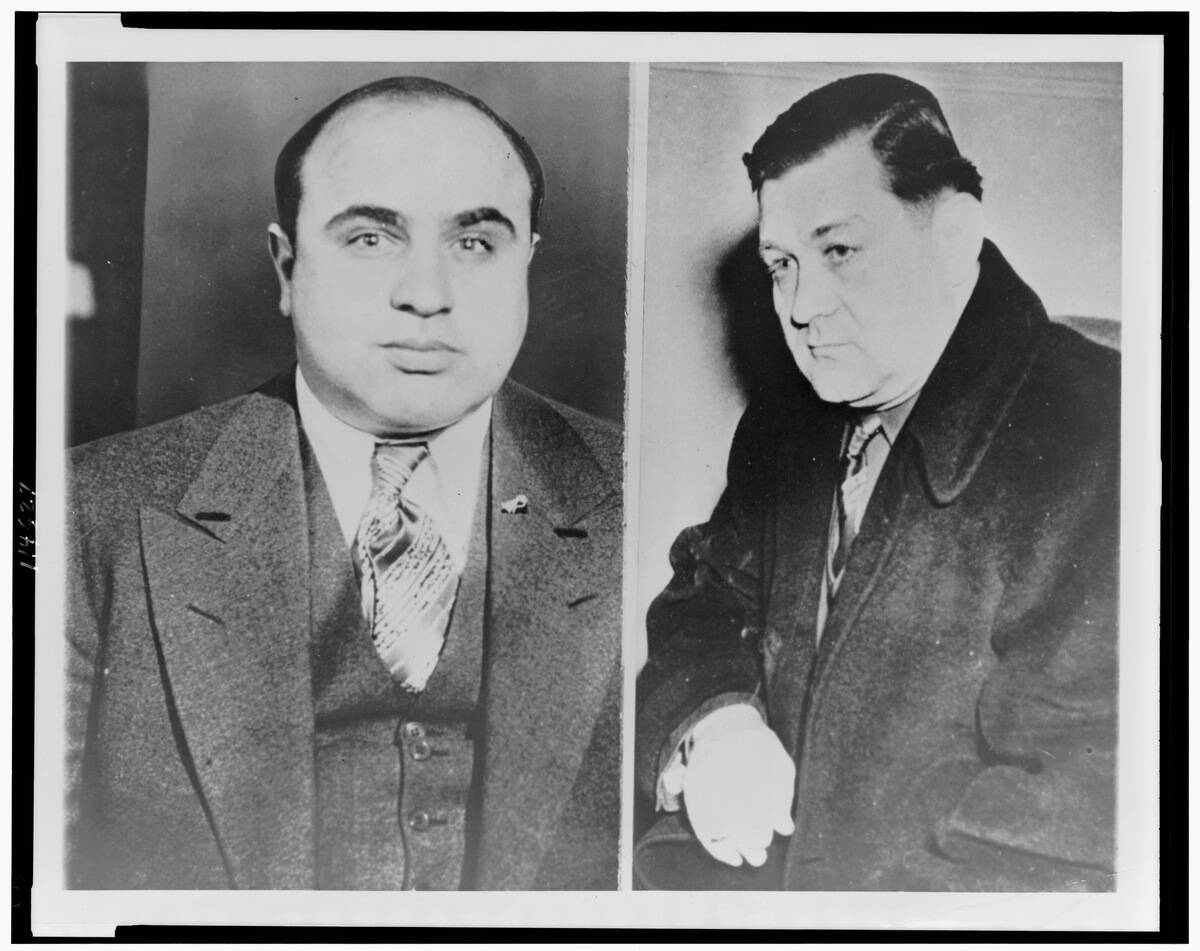
During the Prohibition era, Al Capone and Bugs Moran were rival gangsters vying for control of Chicago’s lucrative bootlegging operations.
Their conflict culminated in the infamous St. Valentine’s Day Massacre in 1929, where Moran’s men were ambushed by Capone’s associates. While Capone’s reign eventually ended with his imprisonment, their rivalry epitomized the violent and lawless nature of the Prohibition era.
Richard Nixon vs. John F. Kennedy: A Presidential Duel
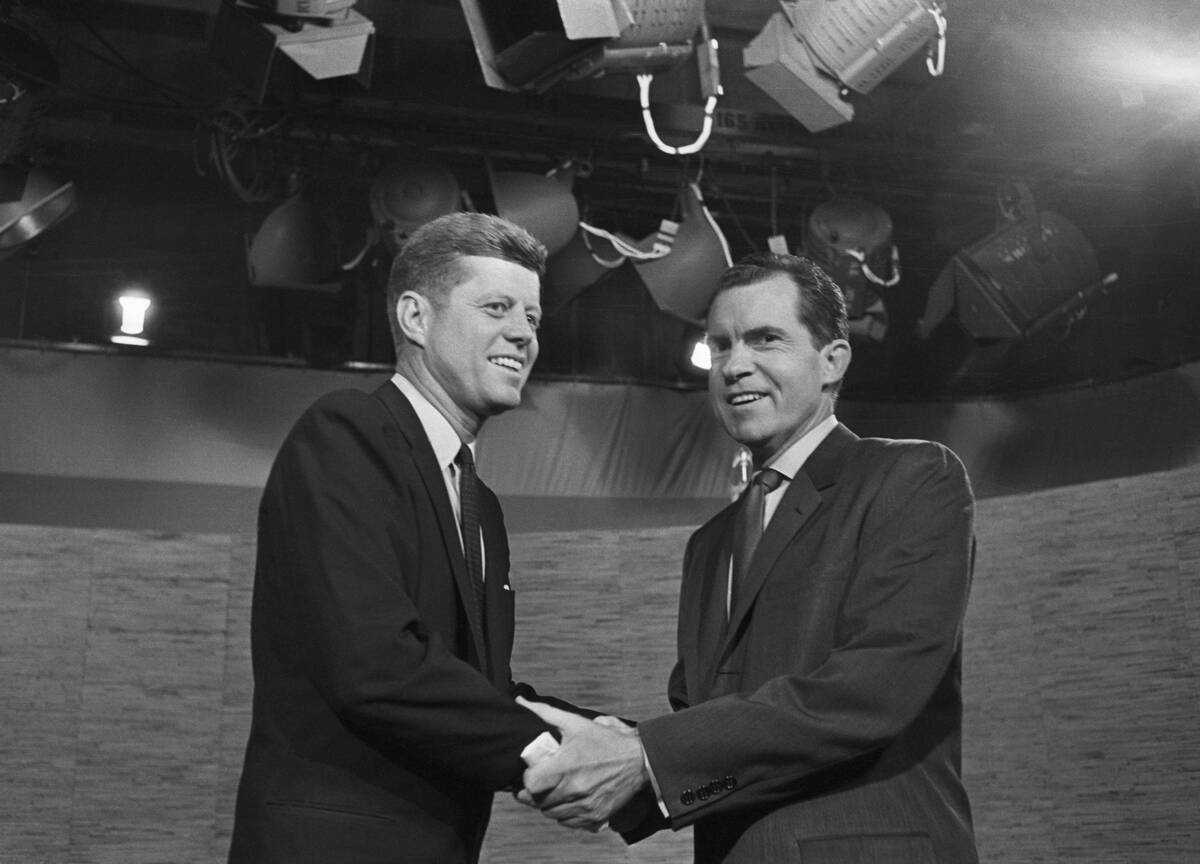
The 1960 U.S. presidential election saw a fierce battle between Richard Nixon and John F. Kennedy. Their televised debates, a first in American politics, highlighted their contrasting styles and charisma.
Kennedy’s narrow victory marked a turning point in political campaigning, emphasizing the power of media in shaping public perception. Their rivalry set the stage for future political contests in the television age.
Sigmund Freud vs. Carl Jung: A Psychological Divide

Sigmund Freud and Carl Jung were pioneers in psychology whose intellectual clash shaped the field. Initially mentor and protege, Freud’s focus on psychoanalysis diverged from Jung’s exploration of the collective unconscious.
Their parting of ways led to the development of distinct psychological theories, influencing generations of thinkers and practitioners. This divide underscored the dynamic and evolving nature of psychological study.
Martin Luther vs. Pope Leo X: The Reformation’s Central Conflict
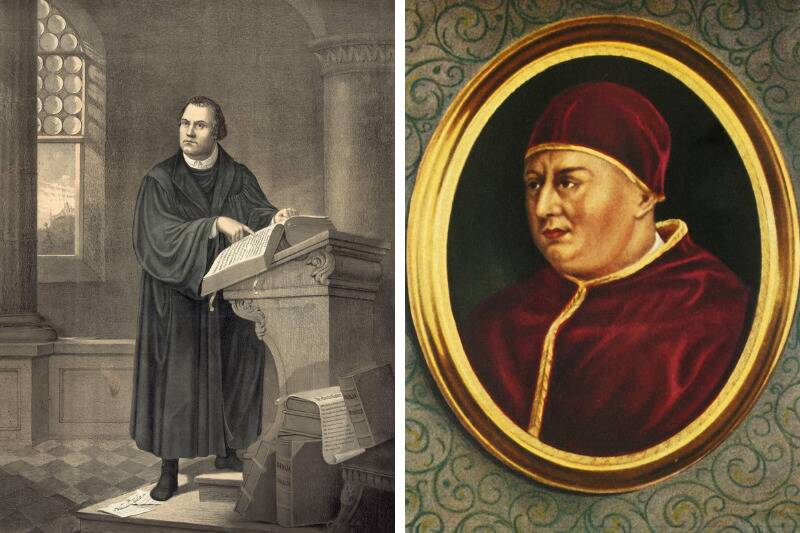
Martin Luther’s challenge to Pope Leo X ignited the Protestant Reformation, altering the religious landscape of Europe. Luther’s 95 Theses criticized Church practices, leading to his excommunication and the rise of Protestantism.
This schism not only transformed Christianity but also impacted European politics and society, highlighting the enduring power struggles between religious authority and individual belief.
Mozart vs. Salieri: The Myth of Musical Malice
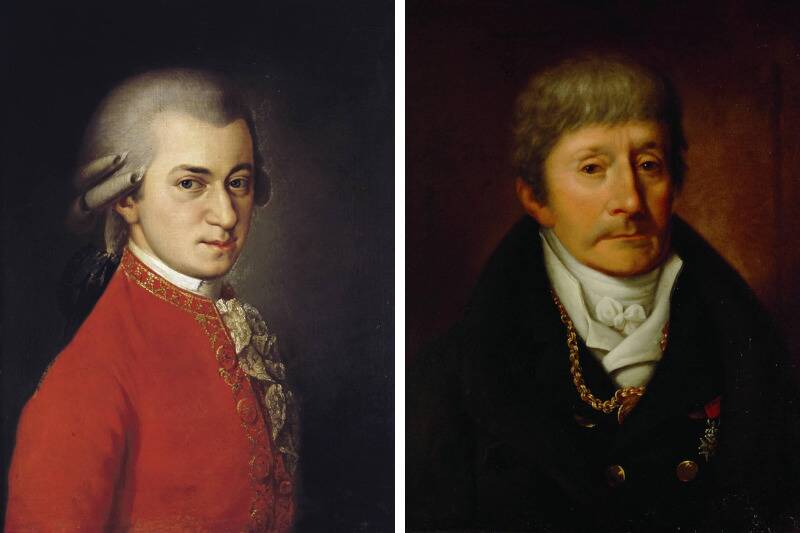
The rivalry between Wolfgang Amadeus Mozart and Antonio Salieri has been mythologized as one of jealousy and intrigue. While both composers were contemporaries in Vienna, historical evidence suggests their relationship was more collegial than contentious.
The narrative of Salieri’s envy, popularized by plays and films, obscures the reality of their interactions, yet it remains a captivating tale in the history of classical music.



